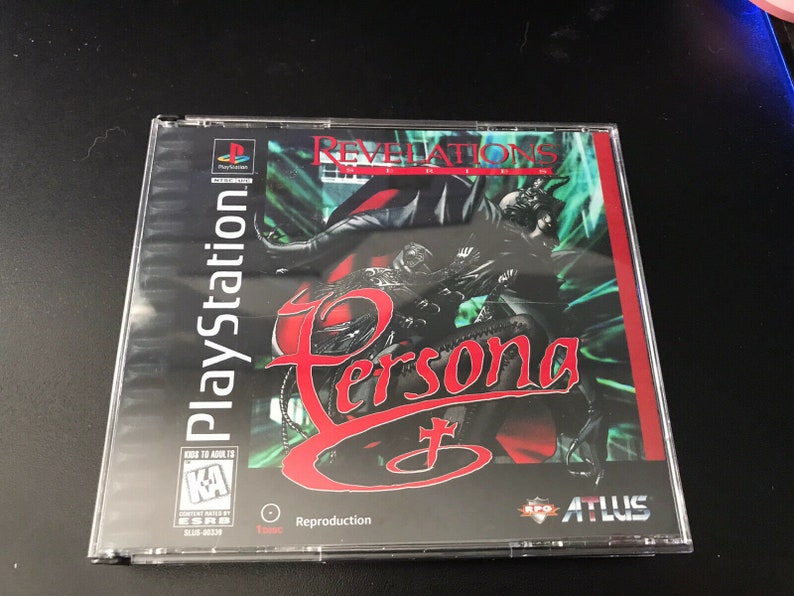
Hit them with what they're weak to, and you get another go at wailing on 'em. The combat inside those dungeons is a lot of fun, though-random encounters burst onto the screen, faced with enemies who each have their own weaknesses and strengths. Their layouts are all procedurally generated and samey, though each dungeon has its own visual theme that ties into the story, an upgrade over P3. The biggest letdown with Persona 4 Golden is that its dungeons are a bit of a bore. Its graphics are a little dated, sure, but they still hold that wonderful PlayStation 2-era charm. It does away with a lot of the baggage that can make the older Persona 3 Portable an absolute ballache to play. It's slightly cheerier, a Scooby-Doo-style murder mystery punctuated by peppy J-Pop tunes as you navigate the small village of Inaba. Persona 4 Golden has my favourite story of the three games, and an excellent cast of characters to go along with it. Persona 5 Royal is the optimal Persona experience, but its predecessor is a gem, and may be a struggle to push through if you start with the most recent game in the series.

It might seem a bit strange to recommend you play the middle game first, but trust me on this one. ❌You have to put up with Teddy, the most annoying character known to man ✅ J-Pop soundtrack is fantastically catchy ✅ Slightly more grounded story than Persona 3 and Persona 5 ✅ Cosy murder mystery set in a small foggy village FeMC – Persona 3 Portable's alternative female main character.While each protagonist has a canon name, you can give them any old moniker. Fusion – The act of combining two or more personas together to create new, often stronger varieties of persona.Levelling up friendships by hanging out gives various character, combat and item buffs, and every character has their own story arc.

Both the main cast and a handful of side characters have their own social links tied to major arcana.
.jpg)

Each has its own strengths and weaknesses and usually specialises in a particular attack type.


 0 kommentar(er)
0 kommentar(er)
